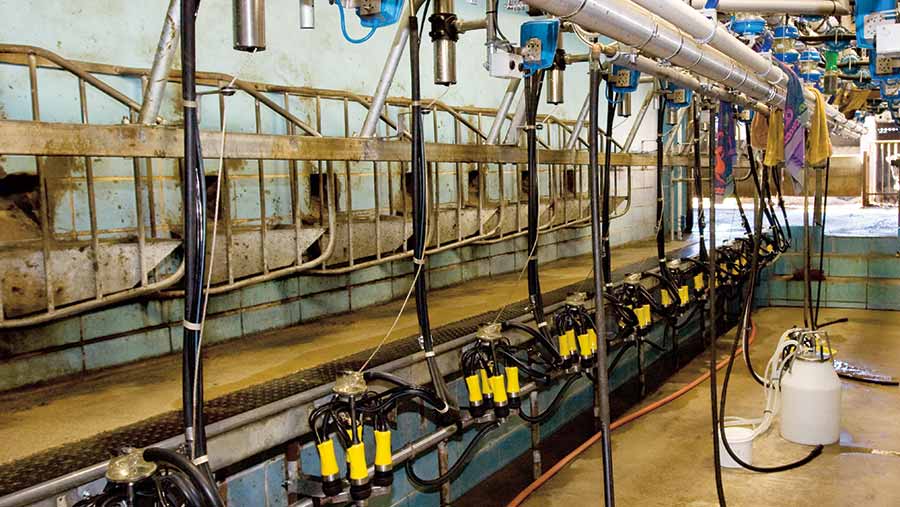How tax relief can reduce the cost of buying a farm
 ç Tim Scrivener
ç Tim Scrivener Farm buyers often do not realise that they could claim tax relief on parts of their purchase.
In many instances, relief is available on the value of plant, machinery and integral features included in the sale, says Cumbria-based accountant Rob Hitch of Dodd & Co.
These elements need to be broken down and a valuation agreed. The purchaser can then claim capital allowances on the qualifying parts.
The Annual Investment Allowance (AIA) provides up to £200,000/year of tax relief against the business income as a capital allowance for expenditure on plant, machinery and equipment.
In the case of a farm sale, items such as fixed grain drying equipment, slurry storage, silage pits, feed bins, milking parlours, feed systems, electrical systems, ventilation and lighting are eligible.
See also: Advice on letting land for solar projects
“This may not be the most obvious part of the purchase but it could be financially very costly, if not considered properly or missed,” says Mr Hitch.
A capital allowance election (Capital Allowances Act 2001, s198) by the buyer should ideally be in place before contracts are exchanged, with both the buyer and the seller agreeing the valuations.
If values are not agreed before exchange of contracts, it can be much more difficult to obtain agreement on tax reliefs on the expenditure and the case may have to go an HMRC tribunal for a decision on the value.
Tax relief example on farm purchase for £1.5m
Apportionment of values
- Land and buildings – £1,390,000
- Plant and machinery – £100,000
- Entitlements – £10,000
- Total purchase price – £1,500,000
By breaking down the value of the farm into these component parts, there would be a potential income tax saving of £42,000 for a higher rate taxpayer or, for a company, a corporation tax saving of £19,000 through claiming tax relief on the plant and machinery element.
The buyer has up to two years to agree a s198 election. In addition, apportioning the purchase price in this way may reduce the stamp duty land tax (SDLT) liability, as SDLT is not payable on moveable plant and machinery or entitlements.
Anyone considering buying at auction should have the contract checked by a professional adviser prior to the sale, advises Mr Hitch, as it may tie them into something with which they don’t agree.
For example, it is common in sale conditions (but not only at auction) for the plant and machinery to be valued at £1.
This has the effect of reducing or removing the tax impact on the sale proceeds for the seller, in respect of plant, machinery, fixtures and fittings but would exclude the buyer from claiming relief.
“Not all solicitors are spotting these items and we are seeing farmers come to us about the valuations after a sale price has been agreed.
“This can upset the proceedings if the parties are not careful,” says Mr Hitch. “Perhaps it is time sellers’ agents consider a valuation of plant in the sales particulars?”
Buying a farm – tax relief could reduce the cost of your purchase
- Check sale terms re values for plant, machinery, fixtures and fittings – if unfavourable, they may be negotiable.
- Value components separately and agree value with seller.
- AIA is worth £200,000/year and allows 100% of investment at up to this sum to be claimed in year of expenditure.
- Losses resulting from large AIA claims can be carried forward against future profits.
- If the AIA has already been used, then a writing down allowance is likely to be available at 8% for fixtures and fittings and 18% for plant and machinery. Separating qualifying plant, machinery, fixtures and fittings from the land value can also reduce the SDLT liability for the buyer.
